Cosmographer
Contributor
- Messages
- 149
- Reaction score
- 28
- # of dives
- 200 - 499
Hello all. I just returned from a trip to Sri Lanka where we set aside one day to dive a local reef. These were my 9th and 10th dives and also the first time I used my own camera (which I purchased just days before the trip). So these pics are about as noobie as you can get. Each dive only lasted about 35 minutes (according to the DM, our bottom time was so short because of our depth which went down to 26m) so I didn't get as many shots as I would have liked, but these are among the better ones.
I would really like to develop some decent uw photography skills, so any advice/criticism/tips would be much appreciated!
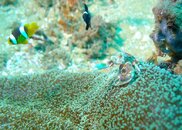
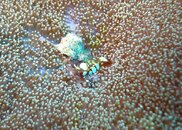
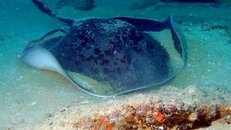
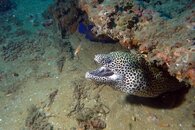
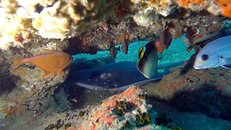
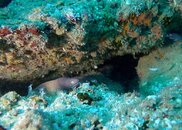
I would really like to develop some decent uw photography skills, so any advice/criticism/tips would be much appreciated!









